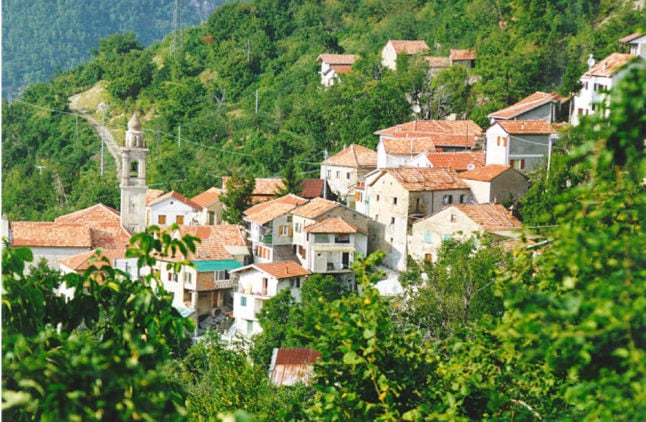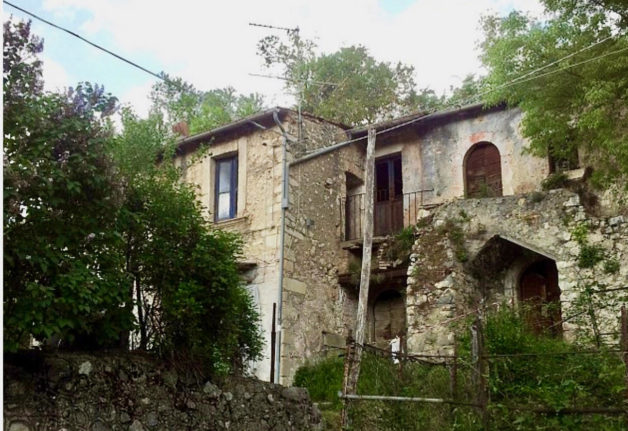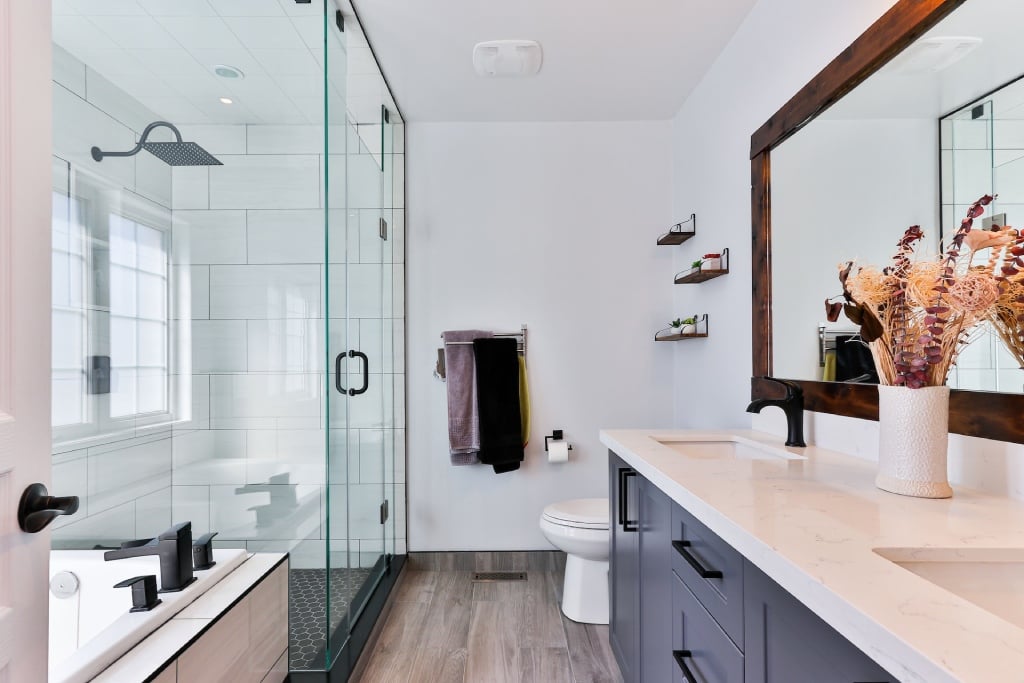With so many Italian towns offloading cheap old properties for sale, lots of people have been tempted by the chance to buy a fixer-upper in a sunny, rural area and live in the perfect idyll. And most are oblivious at first of what risks the purchase might entail.
The older the properties are, the more potential traps along the way.
There have been several villages in Italy eager to sell €1 and cheap homes that have had to give up on their plans once hidden issues came to light.
Back in 2014, the towns of Carrega Ligure, in Piedmont, and Lecce nei Marsi, in Abruzzo, tried hard to sell their old properties off at a bargain price but just couldn’t get past Italy’s labyrinthine red tape, hellish property restrictions, and scores of bickering relatives.
Both towns’ mayors found themselves chasing after the many heirs of unknown property owners who had emigrated in the 1800s. All existing relatives, who technically owned small parcels of the same house (whether they knew it or not), had to all agree on the sale.
Under Italian law, over time and generations a property ‘pulverizes’ into many little shares depending on how many heirs are involved (if one single heir is not named).
You can end up in a situation where you agree with two owners that you’ll buy their old house, and then one day another five knock at your door saying they never gave their consent, nullifying your purchase. So it’s always best to check beforehand the local land registry to see exactly who, and how many, are the owners, and where they are.
READ ALSO: ‘It’s so frustrating’: My 25-year Italian property renovation nightmare
In Carrega Ligure and Lecce nei Marsi, families had long ago migrated across the world and the many heirs to some properties were impossible to track down.
But there were also other obstacles.
“We wanted to start the renovation project by selling dilapidated one euro houses, and then move on to cheap ones, but the tax office would not agree on the price – saying that the old properties had a greater value, that they weren’t classified as abandoned buildings but as perfectly livable houses in good shape”, says Lecce nei Marsi mayor Augusto Barile.
This meant buyers would have ended up spending tons of money in property sale taxes.
“Even if these were just small houses, potential property taxes start at €700, and could have been much higher,” he explains.
READ ALSO: The hidden costs of buying a home in Italy
“This would have been a nightmare for any buyer finding out about this at a later stage, after the purchase”.
Barile says the town hall had not made a prior agreement with the tax office to reclassify and ‘downgrade’ the value of the old buildings, which also required an update of the land registry.

Several potential buyers I spoke to back then said that when they found out about the tax office’s involvement by word of mouth (mostly thanks to village gossip at the bar while sipping an espresso), they fled immediately without even taking a look at the houses.
The best advice in this case is to pay a visit to the local tax bureau ahead of any formal purchase deal and make sure that the old, dilapidated house you want to buy is actually ‘accatastata’ (registered) as such, or you might end up paying the same property sale taxes as you would on a new home. Hiring a tax lawyer or legal expert could be of huge help.
In Carrega Ligure, where old shepherds’ and farmers’ homes are scattered across 11 districts connecting various valleys, a few abandoned homes located near pristine woods came with a nice patch of land – which turned out to be another huge problem.
Old estates often cannot be disposed of due to ‘vincoli’ – limitations – either of environmental or historic nature, that do not allow the property to be sold, or simply due to territorial boundaries that have changed over time, particularly if the original families haven’t lived there for a long time.
READ ALSO: How Italy’s cheap homes frenzy is changing rural villages
In Carrega Ligure it turned out that “a few dwellings located in the most ancient district couldn’t be sold because of hydrogeological risks. State law forbade rebuilding them from scratch, as floods and mudslides had hit the area in the past”, says Carrega Ligure mayor Luca Silvestri.
Meanwhile, other properties were located within or close to the protected mountain park area where the village districts spread, and where there are strict rules against building to preserve the surroundings.
Another issue was that a few old homes came with a patch of land which was quite distant, on the opposite side of the hill, says Silvestri, making it inconvenient for buyers looking for a house with a back garden.
In this case, checking territorial maps, and speaking to competent bodies such as park authorities if there are ‘green restrictions’ in place, can spare future nuisances.
See more in The Local’s Italian property section.





 Please whitelist us to continue reading.
Please whitelist us to continue reading.
Member comments